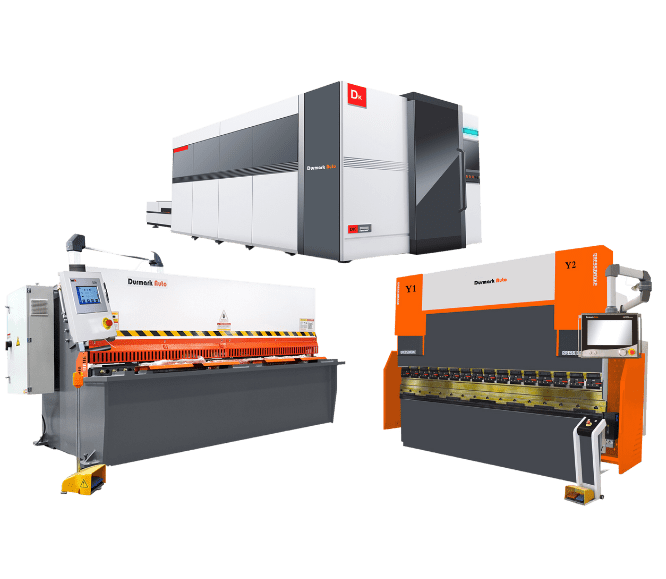
Request a Quote

Request a Quote

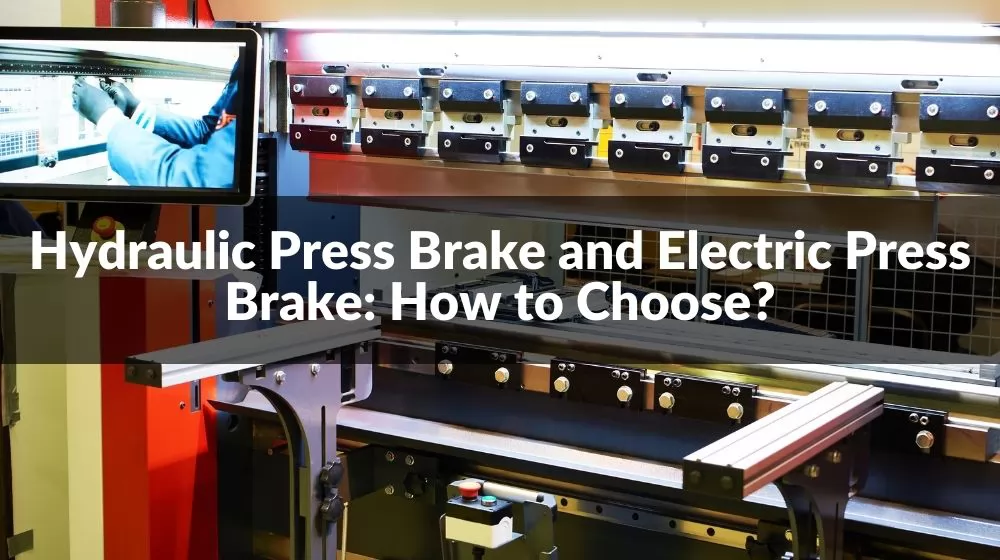
When choosing a hydraulic press brake and an electric press brake, multiple factors need to be considered, including processing requirements, bending accuracy, bending efficiency, and budget. Hydraulic press brakes and electric press brakes each have different advantages and applicable scenarios. Some key factors are introduced below to help you make a better choice.
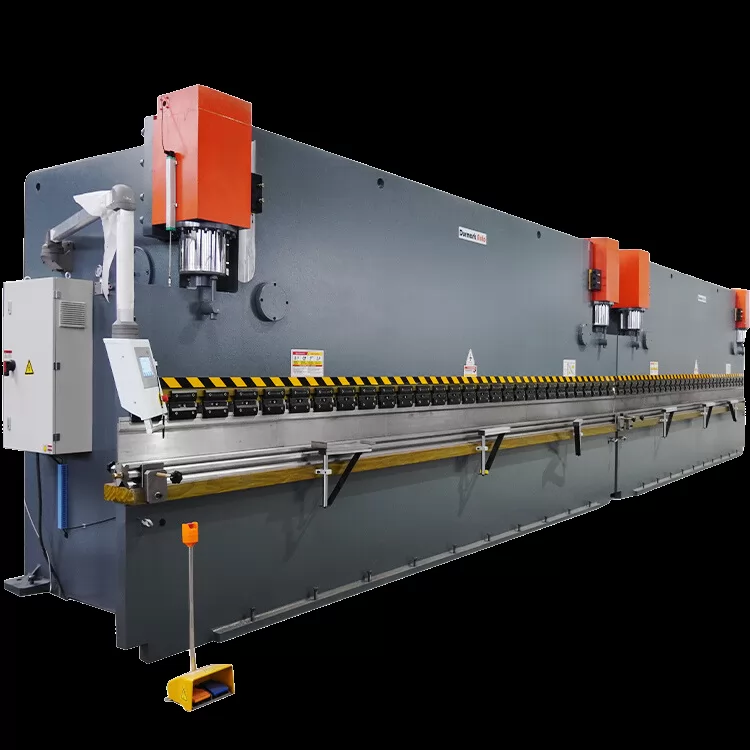
Hydraulic press brake is a very important equipment in the field of metal processing, its main function is to bend and bend metal sheets. The machine utilizes the power of the hydraulic system to exert huge pressure on the upper and lower dies through hydraulic pumps, hydraulic cylinders and hydraulic lines, causing the metal sheet to deform between the two to achieve the desired bending shape.
The main components of hydraulic press brake include hydraulic system, upper die, lower die, workbench and control system. The hydraulic system provides power, the upper mold is fixed on the hydraulic frame, the lower mold is fixed on the hydraulic slider, the workbench is used to support and fix the metal sheet, and the control system is used to precisely control the pressure, position and movement of the hydraulic system to ensure the precise bending operation.
The working principle of the hydraulic press brake is to use the liquid transmission force to realize the bending and bending of the metal sheet.
First, the hydraulic system starts, and the hydraulic pump starts to work, pumping hydraulic oil from the hydraulic oil tank and delivering it to the hydraulic cylinder through the hydraulic pipeline.
Hydraulic oil enters the hydraulic cylinder, causing the piston to rise or fall within the cylinder. The hydraulic cylinder is respectively fixed on the hydraulic frame and the hydraulic slider by the upper mold and the lower mold, and the movement of the piston will push the hydraulic slider to move up and down.
Before bending, the metal sheet to be processed needs to be placed on the workbench, and positioned and fixed according to the bending requirements.
When the hydraulic cylinder applies pressure, the hydraulic slider will be pressed down, the upper die will press the sheet metal, and the lower die will provide support. Due to the strong pressure, the sheet metal begins to deform between the upper and lower dies, producing the desired bent shape.
Through the control system to precisely control the pressure of the hydraulic pump and the position of the hydraulic cylinder, the angle and shape during the bending process can be adjusted to meet different processing needs.
Once the metal sheet reaches the desired bending shape, the hydraulic cylinder stops applying pressure, the hydraulic slider rises, and the bending process is completed.
high bending force
High bending precision
Versatility
high productivity
Energy saving and environmental protection
Stable and reliable structure
easy to operate
Hydraulic press brakes have a wide range of applications in the metal processing industry, covering many fields, from large-scale industrial manufacturing to small furniture manufacturing, which cannot be separated from the processing and application of hydraulic press brakes. Its high bending force, high bending accuracy and versatility make it an important tool for the processing of various metal components.
Electric press brake is a kind of metal processing equipment, which is mainly used in the process of bending and bending metal sheets. Compared with the hydraulic press brake, the electric press brake uses an electric system to provide power, and the electric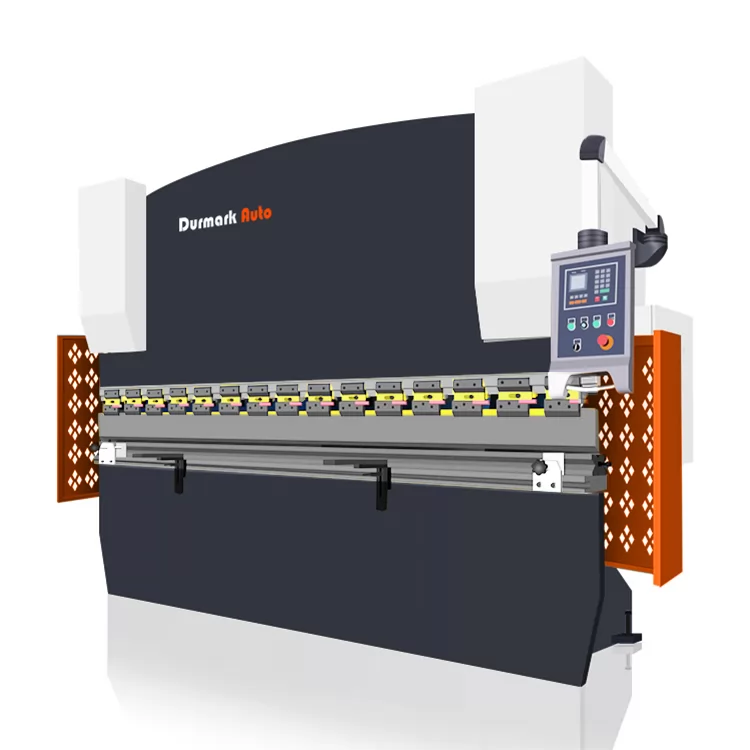 motor drives the screw or gear transmission system to realize the movement of the upper mold and the lower mold, thereby completing the bending operation of the metal sheet. The electric press brake is composed of main components such as electric system, upper die, lower die, workbench and control system. Its advantages lie in its simple structure and convenient operation. It is suitable for small batch and multi-variety metal processing, especially suitable for bending operations of thin plates and medium and thick plates. Electric press brakes are widely used in small and medium-sized metal processing fields, providing efficient and economical bending solutions for industrial production.
motor drives the screw or gear transmission system to realize the movement of the upper mold and the lower mold, thereby completing the bending operation of the metal sheet. The electric press brake is composed of main components such as electric system, upper die, lower die, workbench and control system. Its advantages lie in its simple structure and convenient operation. It is suitable for small batch and multi-variety metal processing, especially suitable for bending operations of thin plates and medium and thick plates. Electric press brakes are widely used in small and medium-sized metal processing fields, providing efficient and economical bending solutions for industrial production.
It is powered by an electric system to drive a screw or a gear transmission system to achieve bending and bending of sheet metal.
First of all, the electric system of the electric press brake is started, and the electric motor starts to work, and the power is transmitted to the upper mold and the lower mold by driving the screw or gear transmission system.
The upper mold is fixed on the frame, while the lower mold is fixed on the slider. The operation of the electric motor makes the screw or gear transmission system push the slider to move up and down, so as to realize the relative movement of the upper mold and the lower mold.
Before bending, the metal sheet to be processed needs to be placed on the workbench, and positioned and fixed according to the bending requirements.
When the electric motor drives the slider to press down, the upper die presses the sheet metal, while the lower die provides support. Due to the pressure, the sheet metal begins to deform between the upper and lower dies, producing the desired bent shape.
Through the control system to precisely control the movement of the electric motor and adjust the position of the slider, the angle and shape during the bending process can be adjusted to meet different processing needs.
Once the sheet metal has reached the desired bent shape, the electric motor stops and the bending process is complete.
Bending efficiency comparison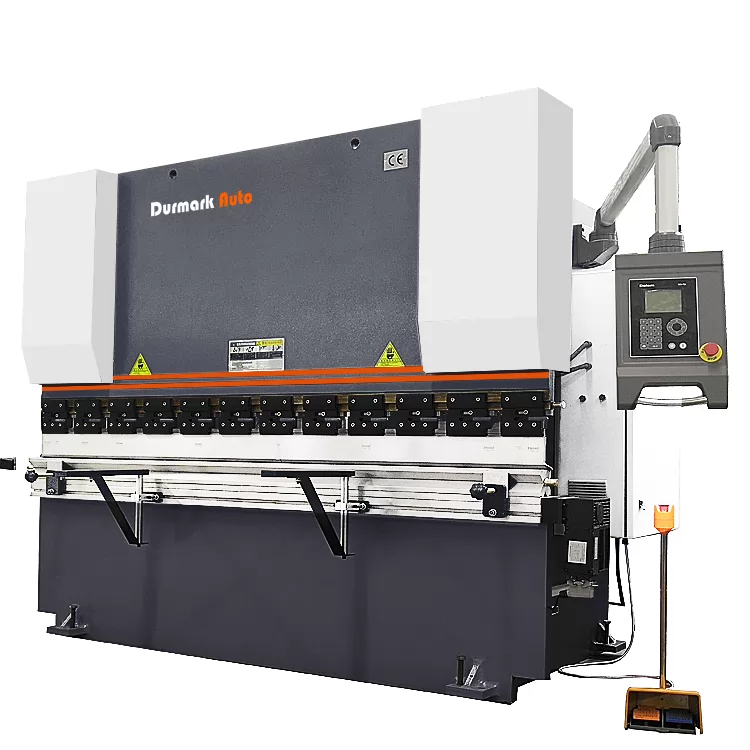
The bending efficiency of the hydraulic press brake is relatively high. The hydraulic press brake is powered by a hydraulic system, which can provide greater pressure and strength, and is suitable for processing thicker metal sheets. The working principle of the hydraulic system makes the bending speed relatively fast, and can quickly complete the processing task, which is suitable for bending processing of large batches and heavy metal sheets.
The bending efficiency of the electric press brake is relatively low. Although electric press brakes are widely used in small and medium-sized metal processing fields, their power is relatively small, and they are suitable for bending of thin and medium plates. Compared with hydraulic press brakes, electric press brakes may take longer to complete processing tasks when bending thick plates and large components.
The choice of bending efficiency depends on the processing requirements. For scenarios that require rapid processing of large batches or heavy sheet metal, hydraulic press brakes are often a better choice because their high bending force and fast bending speed can improve production efficiency. For small and medium-sized metal processing needs, as well as precise processing of thin and medium plates, electric press brakes can provide efficient and accurate bending solutions.
Bending accuracy comparison
Hydraulic press brakes usually have high bending accuracy. The hydraulic press brake adopts a hydraulic system, and through precise hydraulic control, it can realize precise adjustment and position control of the upper and lower dies. The hydraulic system has good stability and control performance, and can accurately control the angle and shape during the bending process to ensure the bending accuracy.
The bending accuracy of the electric press brake is relatively low. Although the electric press brake has advantages in terms of convenient operation and suitable for small batch production, its control system is relatively simple, and its accuracy may be limited to a certain extent. For some application scenarios that require high bending accuracy, electric press brakes may not be able to meet the demand.
For scenes that require high-precision bending, a hydraulic press brake is usually a better choice, and its precise hydraulic control can ensure the accuracy of the bending angle and shape. For some processing requirements that do not have strict precision requirements, the electric press brake can provide a certain degree of bending accuracy while being easy to operate and economical.
When choosing a hydraulic press brake and an electric press brake, the key is to comprehensively consider your specific processing needs, bending accuracy requirements, bending efficiency, and budget. Hydraulic press brakes and electric press brakes each have unique advantages and applicable scenarios. If you need high-precision bending and large-scale production, hydraulic press brakes may be more suitable; while for small batches and medium-sized processing projects, and for limited budgets, electric press brakes may be more advantageous.
Whether you choose a hydraulic press brake or an electric press brake, I hope you can achieve excellent results in the processing process, improve production efficiency, meet customer needs, and contribute to your business development and product quality. I hope this article can inspire you when choosing a press brake . If you are looking for a reliable press brake, welcome to contact Durmark anytime!
.png)


